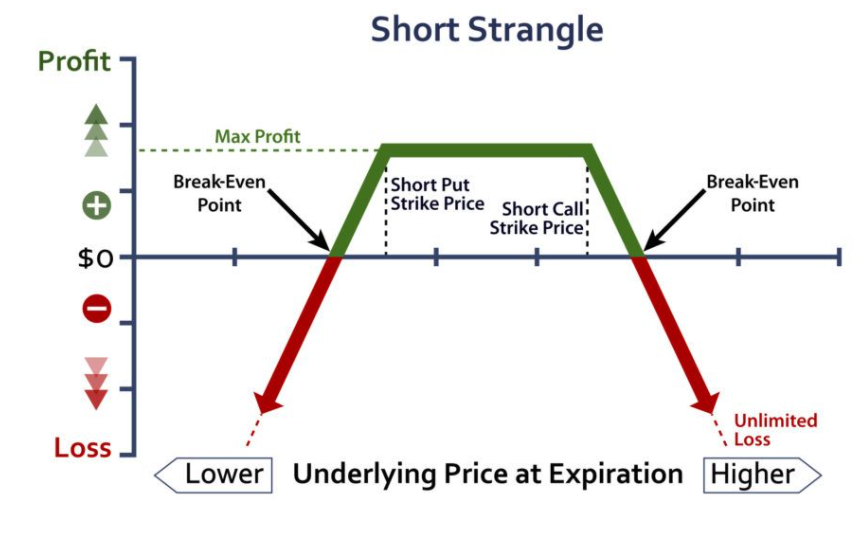Curriculum
Options - Advanced Concepts
Calendars
0/13-
Calendar Spreads1 min
-
Front Month vs Back Month Decay2 min
-
Best conditions for calendar spread2 minPreview
-
Trade Entry2 min
-
ATM calendar1 min
-
Calendar with Long Delta2 min
-
Split Strike Calendar in High vix5 minPreview
-
Execution2 min
-
Calendar Adjustments5 min
-
Lower Adjustment Point - Long PUT5 min
-
Upside Adjustment - Make it Double Calendar2 min
-
More Adjustments2 min
-
EXIT2 min
Calendars
0/13-
Calendar Spreads1 min
-
Front Month vs Back Month Decay2 min
-
Best conditions for calendar spread2 minPreview
-
Trade Entry2 min
-
ATM calendar1 min
-
Calendar with Long Delta2 min
-
Split Strike Calendar in High vix5 minPreview
-
Execution2 min
-
Calendar Adjustments5 min
-
Lower Adjustment Point - Long PUT5 min
-
Upside Adjustment - Make it Double Calendar2 min
-
More Adjustments2 min
-
EXIT2 min
Calendars
0/13-
Calendar Spreads1 min
-
Front Month vs Back Month Decay2 min
-
Best conditions for calendar spread2 minPreview
-
Trade Entry2 min
-
ATM calendar1 min
-
Calendar with Long Delta2 min
-
Split Strike Calendar in High vix5 minPreview
-
Execution2 min
-
Calendar Adjustments5 min
-
Lower Adjustment Point - Long PUT5 min
-
Upside Adjustment - Make it Double Calendar2 min
-
More Adjustments2 min
-
EXIT2 min
Calendars
0/13-
Calendar Spreads1 min
-
Front Month vs Back Month Decay2 min
-
Best conditions for calendar spread2 minPreview
-
Trade Entry2 min
-
ATM calendar1 min
-
Calendar with Long Delta2 min
-
Split Strike Calendar in High vix5 minPreview
-
Execution2 min
-
Calendar Adjustments5 min
-
Lower Adjustment Point - Long PUT5 min
-
Upside Adjustment - Make it Double Calendar2 min
-
More Adjustments2 min
-
EXIT2 min
Diagonals
0/5Double Diagonals (Iron condor Alternative)
0/6Double Diagonals (Iron condor Alternative)
0/6Double Diagonals (Iron condor Alternative)
0/6Double Diagonals (Iron condor Alternative)
0/6Art of Butterfly
0/1Art of Butterfly
0/1Iron Butterfly
0/2Art of Butterfly
0/2All PUT Iron Butterfly
0/12-
All Put FLY - Setup and Entry2 min
-
All Put FLY - Setup and Entry2 min
-
All Put FLY - Adjustment2 min
-
All Put FLY - Adjustment2 min
-
All Put FLY - Downside Adjustment5 min
-
All Put FLY - Downside Adjustment5 min
-
All Put FLY - Upside Adjustment1 min
-
All Put FLY - Upside Adjustment1 min
-
Flat Iron Butterfly - Setup and Entry2 min
-
Flat Iron Butterfly - Setup and Entry2 min
-
Flat Iron Butterfly - Adjustments5 min
-
Flat Iron Butterfly - Adjustments5 min
Bullish Bearish & Time Bomb Butterfly
0/3Balanced and Unbalanced Butterfly
0/3Iron Butterfly
0/5Bullish Bearish & Time Bomb Butterfly
0/3Straddle Strangle & Back Ratio
0/3Iron Condor
0/4All PUT Iron Butterfly
0/12-
All Put FLY - Setup and Entry2 min
-
All Put FLY - Setup and Entry2 min
-
All Put FLY - Adjustment2 min
-
All Put FLY - Adjustment2 min
-
All Put FLY - Downside Adjustment5 min
-
All Put FLY - Downside Adjustment5 min
-
All Put FLY - Upside Adjustment1 min
-
All Put FLY - Upside Adjustment1 min
-
Flat Iron Butterfly - Setup and Entry2 min
-
Flat Iron Butterfly - Setup and Entry2 min
-
Flat Iron Butterfly - Adjustments5 min
-
Flat Iron Butterfly - Adjustments5 min
Balanced and Unbalanced Butterfly
0/3Iron Condor
0/4Bullish Bearish & Time Bomb Butterfly
0/5Iron Condor
0/4Balanced and Unbalanced Butterfly
0/5Straddle Strangle & Back Ratio
0/8Strangle
Short Strangle is an option selling strategy which involves selling an OTM call option and an OTM put option. It benefits the most if the underlying ends within a range by expiry. Maximum profit is the amount of premium collected by selling the options. The loss on this strategy is unlimited.
A strangle is a neutral strategy that takes advantage of premium decay on both sides of the market by selling a call and put.
• Since a short call is a bearish play and a short put is a bullish play, the two options together hedge each other off thereby creating a range in between to be profitable.
• Only one side can be ITM at a time, so if the call side is losing money then the put side is making money. When you sell a strangle, you collect premium from selling both sides. If the stock stays between each short strike, the extrinsic value of both options continually erodes and you make money.
• Selling both sides of a stock using options also increases the amount of premium you collect.
• Furthermore, strangles give you the ability to manage the trade much more easily. If one side of my strangle gets breached, then I immediately roll the other side up or down for an additional credit to improve my breakeven price. But if everything goes right, I close the trade at 50% max profit or when the expiration date gets within 21 days.
Here is an example of a strangle in Costco
• In late August 2020, Costco shot up after announcing the opening of their first store in China.
• After a few days of consolidation, I noticed the IV Rank of COST climbed above 50% so I put on the 270/315 strangle in Oct expiry for a $5.06 credit.
• By selling the 270 puts and 315 calls for a $5.06 in premium, I gave myself a profit range of $264.94 to $320.06 for COST’s price to stay within by the end of expiration. After a few weeks’ time on September 24th, I closed the strangle for 50% max profit or $2.53 in premium decay.
